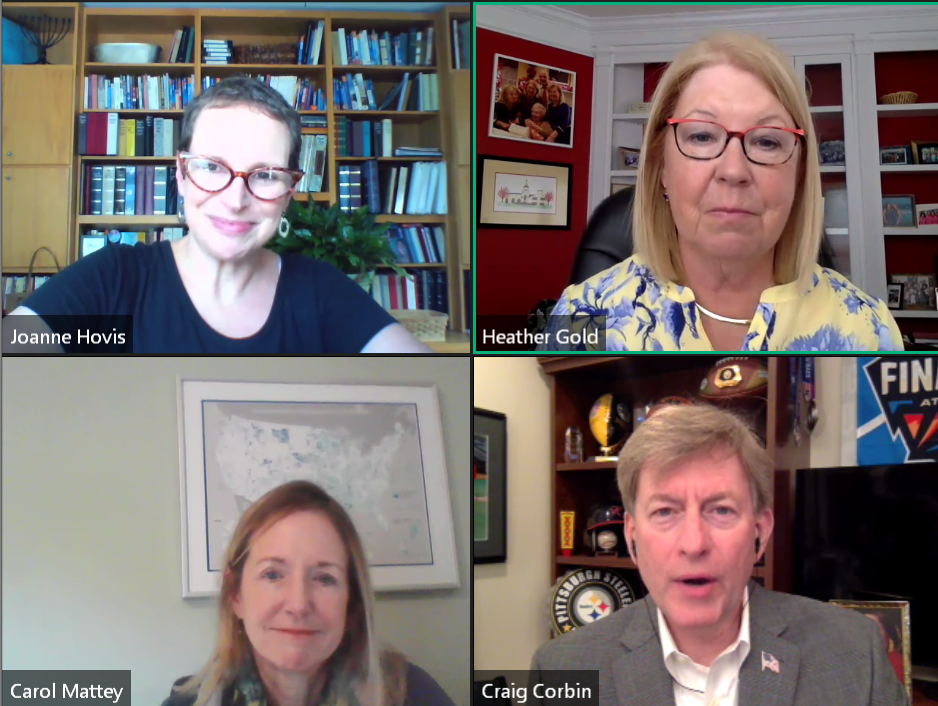Other Federal Broadband Monies Available Besides the Rural Digital Opportunity Fund, Panelists Note
June 17, 2020 — The bidding process to secure a portion of the Federal Communications Commission’s $20.4 billion Rural Digital Opportunity Fund is already underway. But what if your bid is one of those not chosen to receive a piece of the FCC’s rural broadband pie? A number of broadband funding oppo
Jericho Casper

June 17, 2020 — The bidding process to secure a portion of the Federal Communications Commission’s $20.4 billion Rural Digital Opportunity Fund is already underway. But what if your bid is one of those not chosen to receive a piece of the FCC’s rural broadband pie?
A number of broadband funding opportunities currently exist beyond what is expected to be an extremely competitive process for the FCC’s rural funding. These other opportunities should alleviate the worry that bidders have about failing to be selected, said speakers at a Tuesday webinar hosted by the Broadband Bunch.
The FCC is only one of multiple sources distributing broadband funding since the COVID-19 pandemic proved the universally essential nature of internet access. Other federal entities, such as the Department of Agriculture and the Economic Development Administration within the U.S. Department of Commerce, offer further funding opportunities.
The USDA has subsidized two initiatives, ReConnect Loan and Grant Program and Community Connect Grants, in order to supply funding for rural broadband initiatives.
To date, the agency has invested $744,303,168 in high-speed broadband infrastructure, which is expected to improve rural connectivity for customers across 34 states.
Additionally, Congress’ Coronavirus Aid, Relief, and Economic Security Act provided an additional $1.5 billion in funds through the Economic Development Administration of the Commerce Department. These funds help communities respond to coronavirus.
A number of state and local funding opportunities are also becoming available. To further assist in closing the digital divide, states have been developing their own broadband grant programs and initiatives. Thirty states now have grant programs that play an important role in funding broadband deployment strategies.
When considering infrastructure funding strategies, all available state, local and federal options should be considered, said Joanne Hovis, president of CTC Technology & Energy.
“It may even be possible to combine federal and state funding opportunities,” said Hovis. “Think about RDOF as something that can be layered with other opportunities.”
Hovis compared and contrasted the various funding options, noting that while local and state funds tend to be smaller in total dollar amount, they are typically more flexible and focus more on the demands of local communities.
While funding from the Rural Digital Opportunity Fund goes directly to service providers, funding from other initiatives goes directly to municipalities, which gives them more say in their cities’ digital future.
Local and state funds often have unique aspects, such as funding for unserved areas ineligible for federal grants, funding for partially served areas or funding for areas that have received federal funding previously.
“The economic challenges we face may slow down the growth of these state and local programs, but the level of commitment to fund rural broadband initiatives is at an all-time high,” said Hovis.










Member discussion